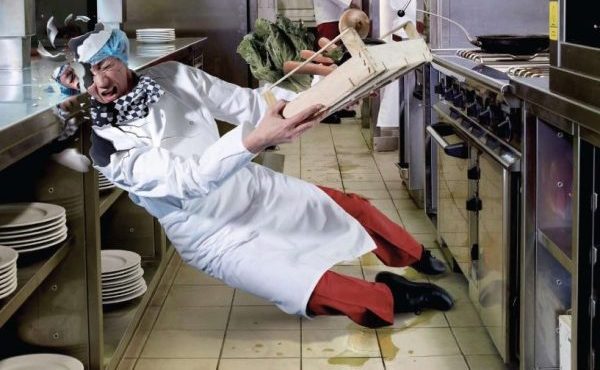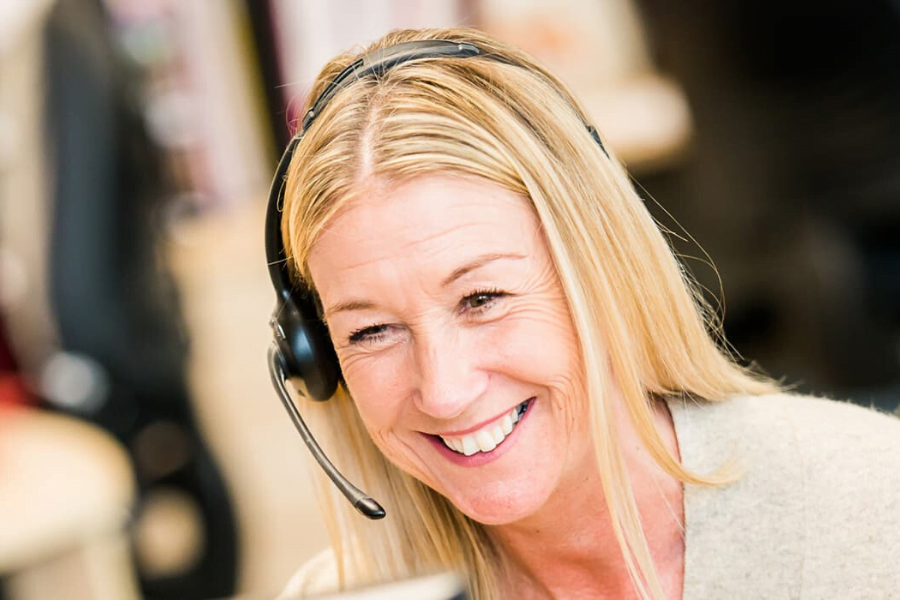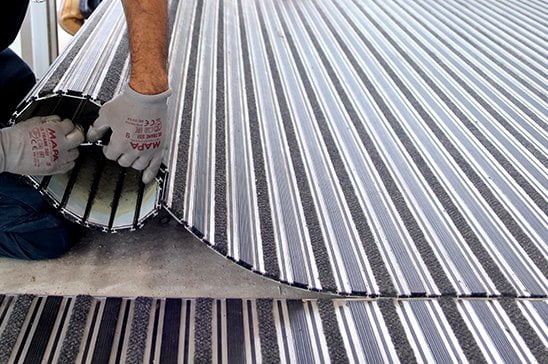Taking Slips Seriously?

From YouTube video clips to television programmes that thrive on it, it seems that human slip ups are a great source of amusement to many. As long as the poor individual comes out unscathed, it is fair to say that we are all guilty about having the odd snigger at someone else’s expense. But, there is a serious side to slipping that simply shouldn’t be ignored. And one that certainly isn’t funny.
Slip-related accidents, whether at home, in the workplace or in other public areas, are linked to some rather startling statistics. Combined with tripping, this type of accident remains the most common cause of major injury in the UK workplace according to HSE statistics. Both slipping and tripping can also lead to more serious accidents, especially if machinery, hot or hazardous liquids or sharp objects are close by.
Slips frequently lead to fractured bones (especially dangerous to those individuals with low bone density). So irrespective of age, a slip or fall can be very serious.
Get in touch, our team will be able to recommend the right product for your environment and needs to prevent slip accidents.

Facts on slipping hazards
HSE statistics for 2011-2012 reveal Slips and Trips are the most common cause of major injuries to employees. Combined slips, trips and falls accounted for more than half of all major reported injuries (53%) and almost a third of over 3 day injuries (29%), making up 34% of all reported injuries to employees. (RIDDOR) This is similar to the percentage of major injuries of this type reported for the previous 5 years.
Human Health and Social Care was the sector with the most ‘major slips and trips’ (1377) followed by Transportation and Storage with the highest number of ‘over 3 day injuries’ as a result of slips and trips (3615). Other sectors featuring highly in the ‘over 3 day injury’ category includes Human Health and Social Care (3046 slips and trips) and Manufacturing (2686 slips and trips). Source: RIDDOR
Slips and trips injuries comprise 35% of ‘major’ injuries in the food and drink industries (e.g. causing a bone fracture or requiring hospitalisation). Slips injuries are more prevalent in the food and drink industries than in most other industries.
An estimated 1.3 million working days have been lost as a result of slips, trips and falls (940,000 days approx. of which are down to slip-related accidents alone) according to the Labour Force Survey.
Slips do not just occur in the workplace. The general public are also affected and this is generally more prevalent in Autumn and Winter months due to weather conditions such as rain, snow and ice causing slippery surfaces. Hence, the reason Accident & Emergency very often experience increased admission (especially for fractured bones) during December and January. For example, Hospital Episode Statistics (HES) state that from March 2010 to February 2011, falls accounted for 459,344 finished admission episodes (FAE) while ‘Unspecified falls’ (183,606) accounted for the highest proportion of admissions, followed by a ‘fall on same level from slipping tripping and stumbling’ (88,630).
There are many more minor injuries caused by slips, trips and falls that are unreported, but very often still cause pain and discomfort to the individual concerned.
Who is at most risk to slipping accidents?
Everyone is potentially at risk of slipping, but certain groups of people and professions are more vulnerable than others such as:
- Children are more likely to fall when playing. Especially close to swimming pools or in areas were there might be snow or other elements causing moisture and in turn creating a slippery slope
- Adults with certain health conditions present risks such as balance, poor eyesight, muscle weakness and disability. Let’s face it, even if we do not fall under this category we face the danger of slipping as we sometimes misjudge ourselves and end up looking like the fool, it is all fun and games until someone is hurt. Yes, we are all guilty of laughing at someone that slipped, but the vibe changes drastically if that person ends up injuring themselves badly
- Employees whose jobs involve working on wet/oily/or debris-prone work surfaces. This can include bartenders, chefs, the crew of a ship, anyone working in food processing and many more.
Sectors that are considered a high risk for slipping accidents :
All workplaces, homes and public areas are at some risk, especially:
- Healthcare
- Education
- Retail – in particular food retail
- Catering and Hospitality
- Building and Plant Maintenance
- Manufacturing
- Construction
What can be done to avoid slipping hazards?
- Conduct a Risk Assessment to identify potential hazards and take preventative measures accordingly.
- Ensure a floor surface is ‘fit for purpose’.
- Good housekeeping is essential for all commercial and public buildings through regular cleaning and ensuring that walkways are hazard free.
- Effective entrance matting will help to prevent moisture, mud, ice and snow from being walked into buildings and is especially important where there are smooth floor surfaces.
- Anti-slip floor products can be very beneficial to many manufacturing facilities and other businesses, such as catering environments.
- Clean any spillage immediately. Until dry, stop people from walking on this area.
- It is important to regularly clean floor matting of any type to maintain optimum performance.
- For external walkways and stairs, slip resistance can be aided through the installation of GRP products, which come in the form of sheets, stair treads and nosing.
The Health & Safety Executive (HSE) has an extensive range of information and tools available to increase safety underfoot, including advice for specific industry sectors.
It is important to select the correct rubber matting for each environment in order for it to prove effective. COBA Europe offers free site surveys to help you get started.

Choosing the best anti-slip mat for your site
This can be a very tricky decision to make as there are unique requirements for each specific site. Some sites work with oils that can cause a slipping hazard to the employees where as others might have frequent movement from outside, tracking in moisture causing a slipping hazard. Each industry might require a different anti-slip or non-slip mat.
Once you have established what mat would be the best solution for your environment regarding the type of spillage, you would need to consider if you would require a roll, interlocking tiles or an individual mat. This would depend on the layout of the space as well as if the mat would need to move or be installed easily.
You also need to consider, what type of traffic will be moving over this mat, if for example you would like to absorb moisture in a warehouse where forklift movement is required then the Superdry Heavy Traffic would be a good solution. If this is not the case and you just have people moving over the matting you, are good to go with a less robust matting solution.
Our Matbrain solution can also assist you with making the right decision when it comes to purchasing the correct solution for your site.

Learn more about slip resistance and the different slip test certificates by reading slip resistance and slip safety according to DIN 51097 and DIN 51130.



